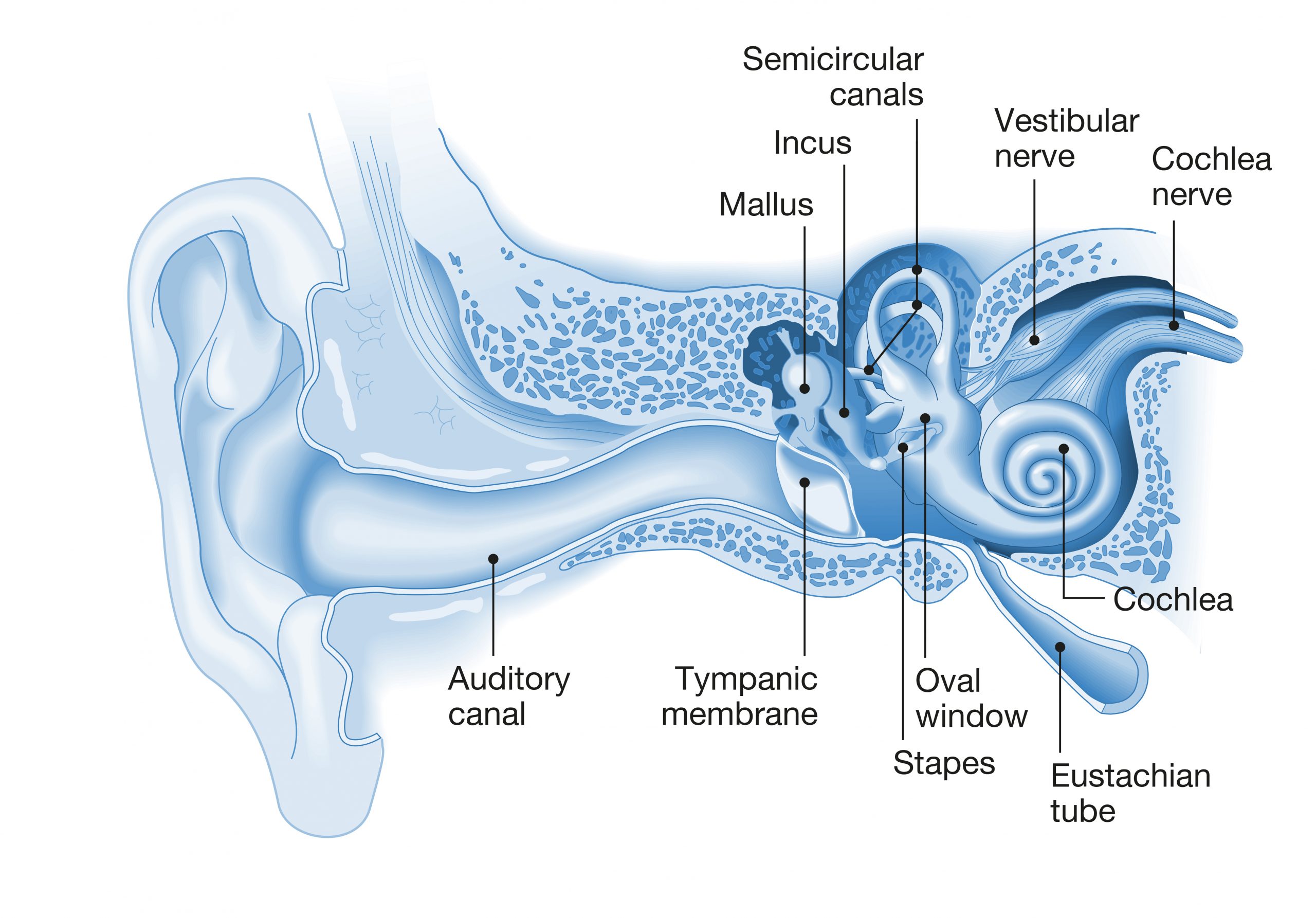Frequently Asked Questions
Conductive hearing loss occurs when sound is not able to travel through the outer ear and middle ear to the inner ear. This can be due to a build-up of wax in the ear, an infection in the middle ear, or a problem with one of the bones in the middle ear. Conductive hearing loss is usually temporary and can be treated with medication or surgery.
What is unique about conductive hearing loss is that it can often be treated with medical or surgical intervention. For example, ear infections can be treated with antibiotics, an ear specialist can remove earwax buildup, and damage to the middle ear bones can be repaired through surgery. In some cases, hearing aids may also be recommended to amplify sound and improve hearing.
Additionally, conductive hearing loss typically affects the ability to hear sounds at lower volumes and frequencies. This means that individuals with conductive hearing loss may struggle to hear soft sounds, such as whispers or quiet speech, or have difficulty hearing sounds in noisy environments. However, with proper diagnosis and treatment, many individuals with conductive hearing loss can significantly improve their hearing ability.


As hearing experts, we provide comprehensive testing and work with ENT specialists to ensure the care of your hearing health.
South Edmonton: 780-809-1349
St. Albert: 780-590-1349